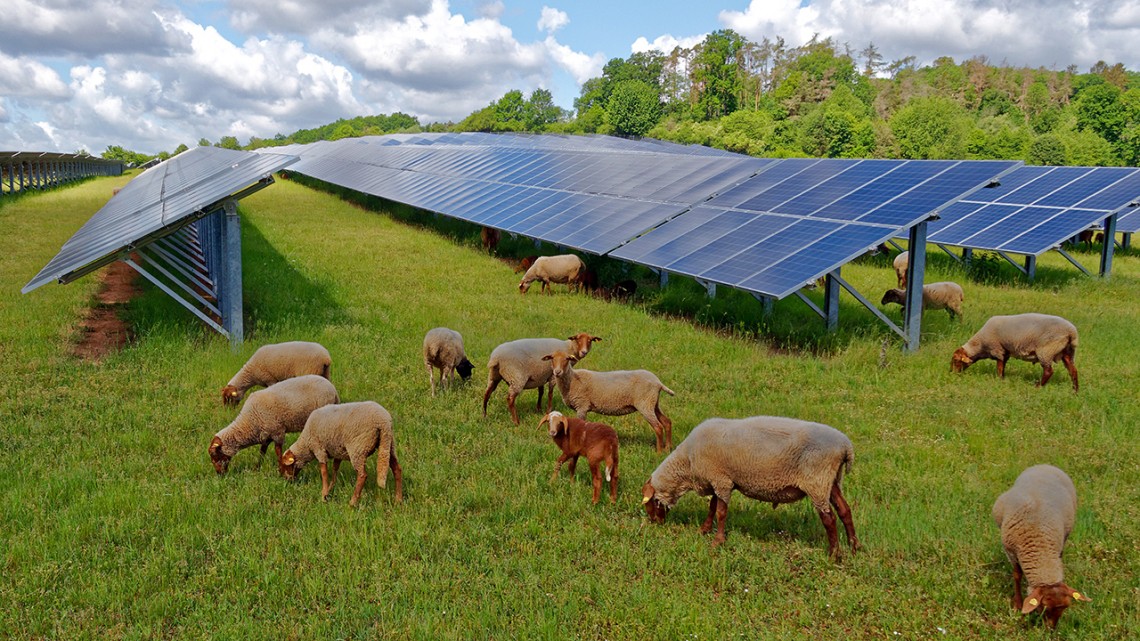From pv magazine USA
In a new paper, “Are big and small solar separate things?: The importance of scale in public support for solar energy development in upstate New York,” Cornell University researchers say that public support for solar wanes when system sizes and site locations are taken into account.
Data from a Cornell mail poll shows support for rooftop solar at 4.37 out of five, and support for distributed community solar at 3.94. “Large-scale solar” had a rating of 3.04, which is just above the survey’s mean. Interestingly, at the time of the survey, large-scale solar power plants had not been built in the region that was polled.
The authors quoted residents who spoke at town meetings, as well as individuals who followed up on their mail card polling. Many residents took the time to explain that they do, generally, support solar. Respondents frequently approved of rooftop solar, but took exception to large-scale solar. For this reason, the researchers decided to separate solar into three distinct categories and to poll respondents with more specific questions based on a solar project’s scope.

Rooftop solar was defined as being individually owned and sized according to onsite electricity use. Community solar was defined as a distributed asset, generally smaller than 50 acres, and based on subscription. Utility-scale solar may be owned either privately or by a corporation, and was defined as being larger than 100 acres. Utility scale was also required to be “grid connected for long-distance transmission.”
Data presented by Pew Research suggests that there is very strong support for solar power on a national scale. However, this information also reveals that support for solar has fallen in recent years. Anecdotally, this decline in support aligns with a marked increase in large-scale solar power development.
Delving a little deeper into the data, we find very strong support for rooftop solar. In all regions, slight plus strong support for rooftop solar is above 80%. And while community solar development shows broad support around 60% to 80%, the western region reported nearly 20% opposition to community solar.
Opinions on utility-scale solar provide a stark contrast from those on rooftop solar. In the western region of the state, large-scale solar actually found more opposition than support.
Despite the opposition, opinions on large-scale solar development were considerably more nuanced when residents considered siting locations. Support increased dramatically for siting on landfills. Unfortunately, the places that garnered the most support for utility-scale solar are typically too small to build utility-scale solar. Although landfills offer 60 GW of untapped capacity in the United States, that volume represents a small fraction of the multiple terrawatts of capacity we need.
These polls give politicians some insights into how they should direct their efforts when suggesting future legislation. The numbers tell the story: Rooftop solar has strong support and significant potential – hundreds of gigawatts – certainly enough to support our power grids.
This content is protected by copyright and may not be reused. If you want to cooperate with us and would like to reuse some of our content, please contact: editors@pv-magazine.com.



Did the survey include any aspect of cost? If you’re unaware that rooftop solar is significantly higher cost/kWh than community or utility scale, your answers can’t reflect that significant factor.